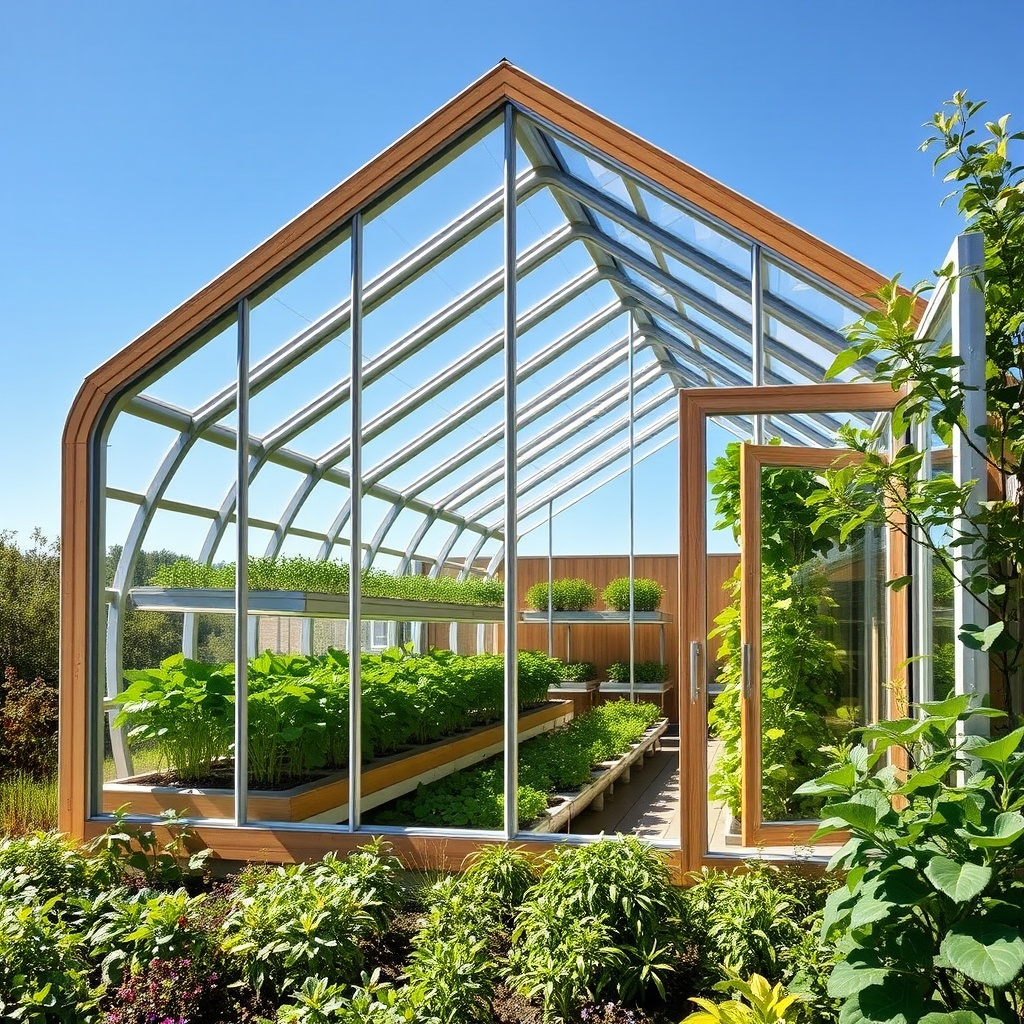The Synergy of Hydroponics and Renewable Energy

As the world grapples with climate change and the need for sustainable agricultural practices, hydroponics stands out as a beacon of hope. This innovative farming method allows for the cultivation of plants without soil, using nutrient-rich water instead. However, to maximize productivity and ensure optimal growth, climate control is essential. By integrating renewable energy sources such as solar, wind, and geothermal into hydroponic systems, we can create a harmonious relationship between technology and nature, fostering a sustainable future.
Renewable Energy Sources: A Game Changer for Hydroponic Systems

Imagine a hydroponic farm that operates entirely on clean energy. This vision is becoming a reality as farmers increasingly adopt renewable energy technologies. Each energy source offers unique advantages:
- Solar Energy: Photovoltaic panels can be installed on rooftops or over growing areas, converting sunlight into electricity to power water pumps, lights, and climate control systems.
- Wind Energy: Wind turbines can generate significant amounts of energy, especially in rural areas, providing an efficient way to power hydroponic operations.
- Geothermal Energy: Utilizing the Earth’s natural heat can help regulate temperatures in hydroponic greenhouses, reducing reliance on fossil fuels.
By diversifying energy sources, hydroponic systems can achieve energy independence while minimizing carbon footprints.
Steps to Implement Renewable Energy in Hydroponic Farms
Transitioning to renewable energy in hydroponic systems involves strategic planning and execution. Here are the essential steps:
- Assessment: Evaluate the energy needs of your hydroponic system and identify the most suitable renewable energy source(s) based on location and budget.
- Investment: Allocate funds for purchasing and installing renewable energy technology, which may include solar panels, wind turbines, or geothermal systems.
- Integration: Work with professionals to integrate renewable energy systems into your existing hydroponic infrastructure, ensuring compatibility and efficiency.
- Monitoring: Implement monitoring systems to track energy usage and crop productivity, allowing for adjustments to maximize both.
- Education: Keep abreast of new technologies and practices in renewable energy and hydroponics to continuously improve your operations.
By following these steps, hydroponic farmers can not only enhance their productivity but also contribute positively to the environment.




